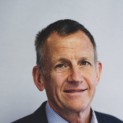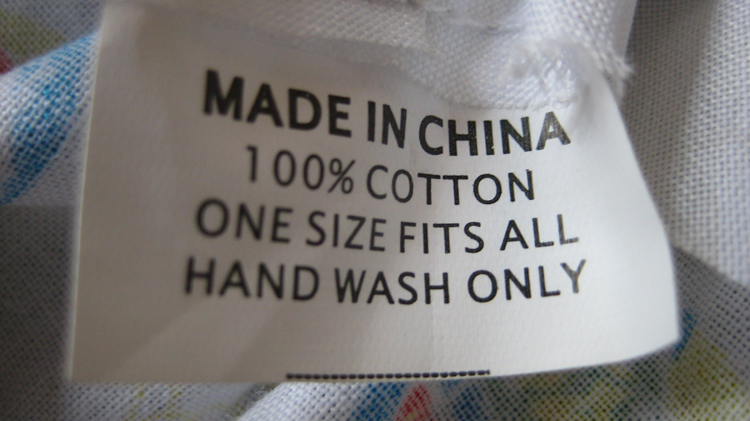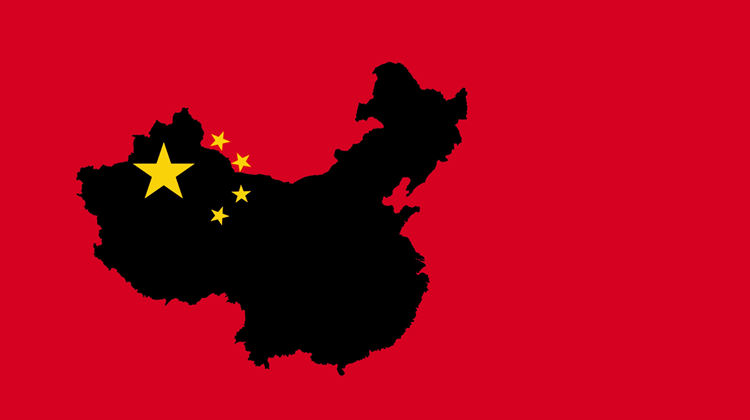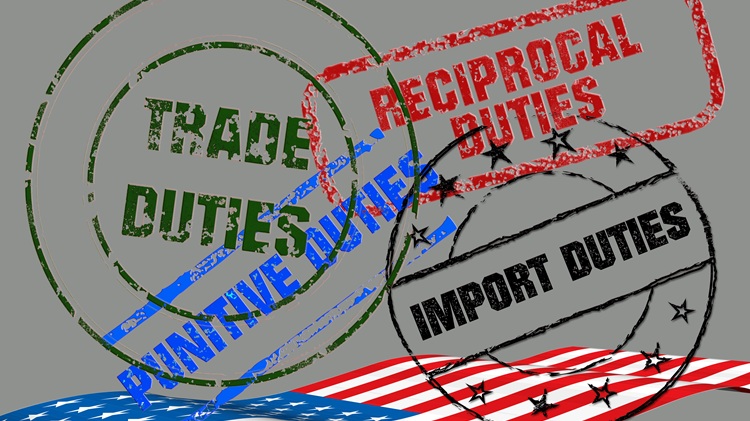What happens next within the ANC will determine South Africa’s future
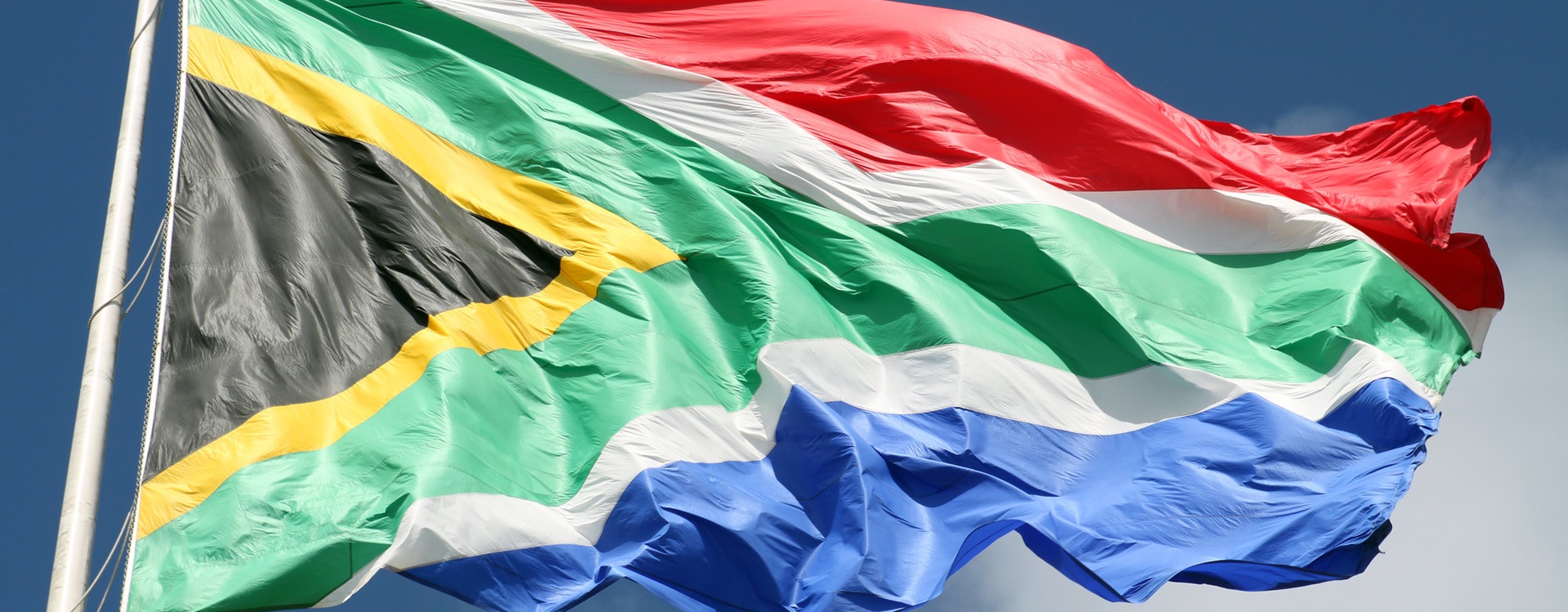
South Africa desperately needs a new political vehicle that is truly nonracial in character and commits to growing the economy. Only Cyril Ramaphosa has the national breadth of support and stature to pull this off and it needs to start now.
The election outcomes of 29 May 2024 have the potential to enable a realignment of South African politics that I previously thought was only possible with elections in 2029. Will it be poverty or growth?
Let me explain.
In 2017, I wrote a book, Fate of the Nation, arguing that Cyril Ramaphosa’s strategic challenge is modernising the ANC. I wrote extensively about the extent to which the ANC is divided between traditionalists and reformers.
This is, I argued, much more than a struggle for power but about contending visions of South Africa’s future and that the outcome will determine the future of the ANC and likely the country. Failing modernisation, the party will rapidly fade into irrelevance while South Africa will struggle for several years to find its footing.
With the exception of the Inkatha Freedom Party and various small fringe parties, since 1994 the successive splintering of the ANC has determined opposition politics among those contesting for the votes of black South Africans.
It started with the formation of the United Democratic Movement (UDM) in 1997, then the Congress of the People (COPE) in 2008, followed by the Economic Freedom Fighters (EFF) in 2013 and, in 2023, with the establishment of the uMkhonto Wesizwe (MK) party that now garnered 14% of the national tally including 45% of votes cast in KwaZulu-Natal.
Instead of the growth of opposition parties, each split has been accompanied by reduced voter turnout. Instead of voting for parties such as the Democratic Alliance (DA) and the host of small parties on offer, black voters have chosen to stay away. The majority of South Africans are disaffected with Africa’s oldest liberation party’s incompetence, corruption and lack of action, but do not see a viable alternative.
In 2017, I argued that Cyril Ramaphosa’s strategic challenge is modernising the ANC. This struggle will determine the future of the ANC and South Africa
My baseline forecast (the scenario was called Bafana Bafana after our then bumbling national soccer team) was for the ANC to fall below 50% in 2024 and enter into various alliances with smaller parties to govern, and that a coalition of opposition parties could govern South Africa from 2029.
In this sense the rise of MK is a gift, forcing the ANC to 40%. But it comes with risks.
To understand the challenges within the ANC we need to remember that the exile ANC of 1990 was small and weak organisationally. It was able to build a national movement through its partnership with labour (Cosatu) and, in rural areas, by alliances with groups and parties from the former homelands, particularly with the incorporation of homeland officials into the provincial administration and its own structures.
In urban areas, the ANC was able to ride on the wave of support of the United Democratic Front (UDF) which constituted a mass-based social movement unprecedented in South Africa’s modern history. With the ANC unbanned and South Africa democratising, the UDF subsequently disbanded in 1991, with much of its political capital inherited by the ANC.
The national and global stature of Nelson Mandela, international support for the transition, and white shame translated into political dominance for a fractured ANC party that, since then, has been increasingly held together by the extent to which political power translated into economic opportunity, most notably through cadre deployment and top-down efforts to advance black ownership of our skewed economic structure.
The trend grew exponentially under the presidency of Jacob Zuma, during which ethnicity became an additional consideration in South African politics, eloquently reflected in a detailed submission to the State Capture Commission by Ivor Chipkin that also detailed the extent to which the ANC, after 1990, entered into a partnership with elites from the various Bantustans.
It was the start of the federated structure that remains a hallmark of the ANC today.
On average South Africans have become poorer, and unemployment has increased while inequality has risen every year since the global financial crisis of 2007/8.
In Fate of the Nation, I argued that if progress is not made with the ANC’s modernisation project, it will be increasingly relegated to rural areas and eventually wither away.
Subsequent events have provided much fuel to this argument. Now the impasse presented by the 29 May 2024 elections provides an opportunity for a brighter future.
The decision by the EFF not to become part of Ramaphosa’s government of national unity (GNU) is an important first step in this journey, although that could change given the mercurial nature of its leader.
The ANC now has to consider its relationship with the MK party. Based on its policy document and pronouncements on the rule of law, the MK party cannot and should not be part of a national coalition. It would, among others, spell the end of efforts to bring those responsible for State Capture to account, undermine the rule of law and institutionalise corruption and patronage based on the well-documented history of its leader.
There is practically also no chance that a broad government of national unity that includes MK and the DA could be formed or held together for the next five years. The result will be an impasse and paralysis with no movement on policy or implementation.
What South Africans need is, however, not an ANC/DA alliance but an offer from Ramaphosa, John Steenhuisen and others to enter into a commitment to work together to create an alliance and eventually a combined vehicle that will bring together sufficient voters from urban and rural areas to form a majority party in 2029 – a South Africa Party.
This is not as crazy as it seems. The inability of the DA to grow its support base demonstrates the extent to which its support has plateaued. Like the IFP and MK, the DA is essentially a regional party, not a government in waiting. Race runs deep in South Africa and under its current leadership, it has a limited future outside of the Western Cape.
For its part, the ANC is now a rural party and given education and trends with urbanisation, it has no prospects of political power except in deep rural South Africa. Its support will continue to decline unless it is able to rejuvenate itself as a modern, urban-based party able to attract the black stay-away vote.
A vision of a modern, growth party will require huge sacrifices from all. But unless we seize the moment, South Africa is trapped on a low-growth, unhappy and increasingly turbulent trajectory, illustrated by the various forecasts that we have done on South Africa’s development prospects.
It is clear that South Africa desperately needs a political vehicle that is truly nonracial in character and commits to growing the economy
A host of talented black politicians and parties such as Rize Mzansi and BOSA are now represented in Parliament which should join this quest and help take South Africa forward by providing expertise (including in Cabinet) and moral leadership.
But only Ramaphosa has the national breadth of support and stature to pull this off and it needs to start now, giving this new alliance or structure a full five years to prove itself.
It is clear that South Africa desperately needs a political vehicle that energises the urban black vote and includes whites, coloureds and Indians, that is truly nonracial in character and commits to growing the economy while using the proceeds from that growth to deal with the inequities of the past.
The political vision thing will not be enough, however.
The current negotiations will help frame the content of our growth and development agenda, but much more needs to be done to establish a clear growth strategy.
A host of publications and a mountain of reports present all the evidence of what needs to happen. The Centre for Development and Enterprise is currently releasing a set of policy proposals to this effect. In 2019, Philippe Burger published Getting it Right: A New Economy for South Africa and then there is the 2022 edited volume of contributions, Better Choices: Ensuring South Africa’s Future, edited by Greg Mills. There are many more.
There is also little dispute among mainstream analysis, including from the International Monetary Fund and World Bank, about what needs to happen. We just need to accept the evidence and implement it – and leave our ideological preconceptions at the door.
The 2024 government needs to decide on five or six priorities and then act, while also setting a political vision for the future to create a majority party come 2029
South Africa’s proportional system of political representation has many advantages, but it also means that governance under this system will be slow and laborious.
Growth requires decisive action and prioritisation, which was the recipe that worked when Thabo Mbeki and Trevor Manuel embarked on the 1996 Growth, Employment, and Redistribution (GEAR) plan.
The 2024 government needs to decide on five or six priorities and then act, while also setting a political vision for the future to create a majority party come 2029. Both major parties to this agreement will lose support in the process, the ANC to the left and the DA to the right, but the centre will eventually emerge much stronger than either on their own.
And South Africa will be better served.
Image: flowcomm/Flickr
This article was first published in Daily Maverick on 11 June 2024.
